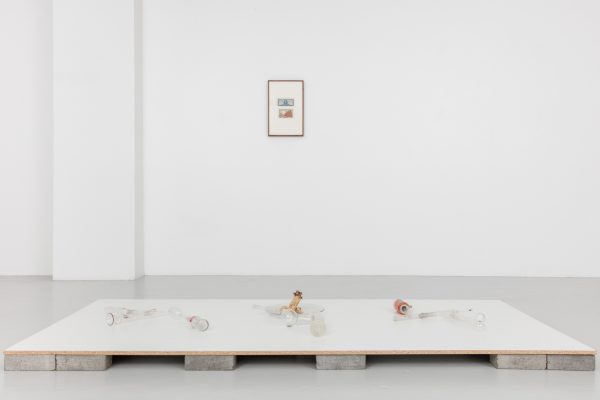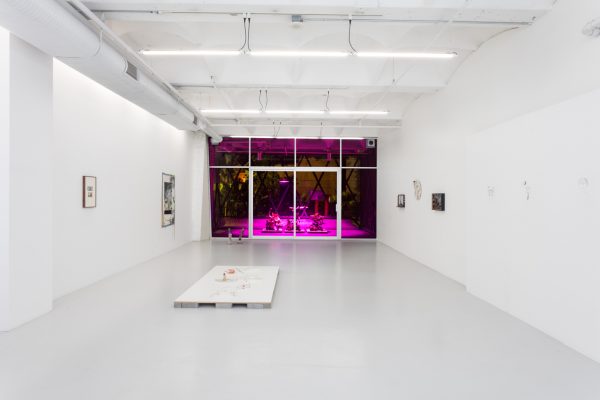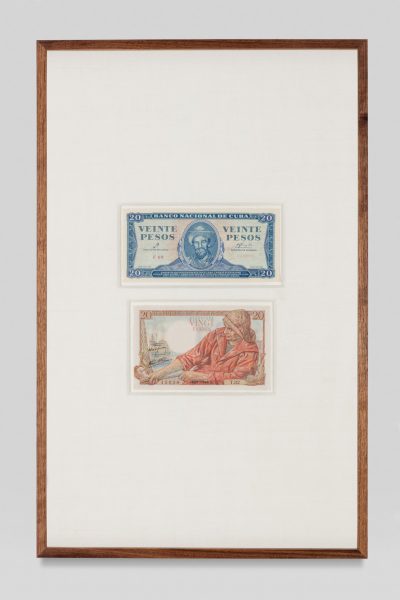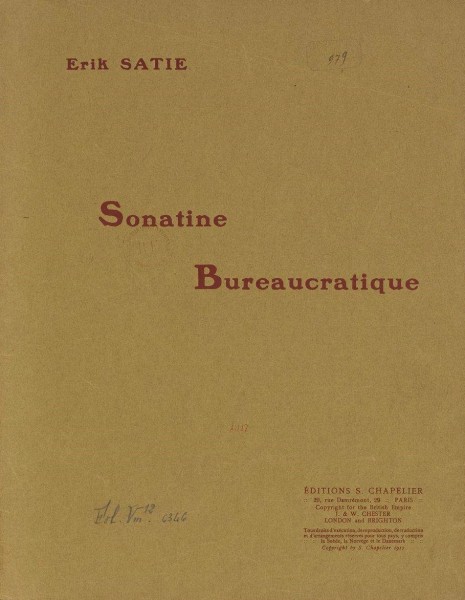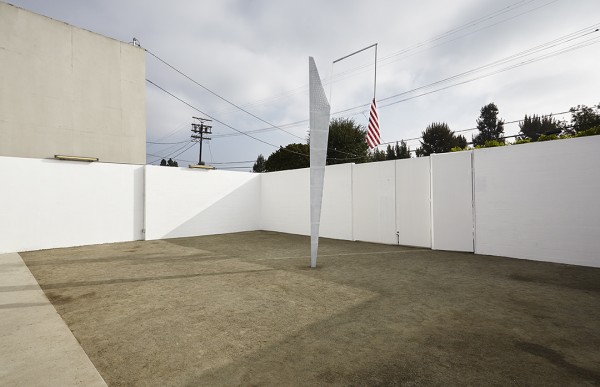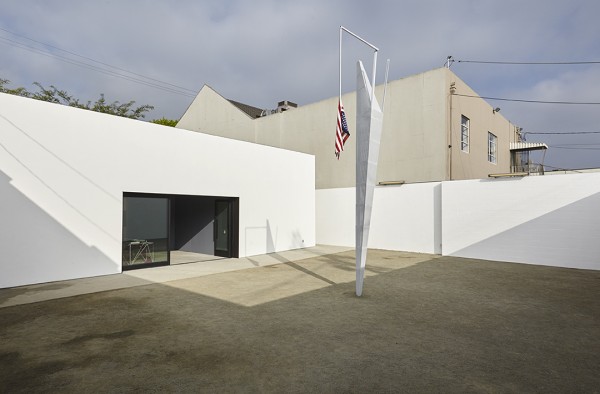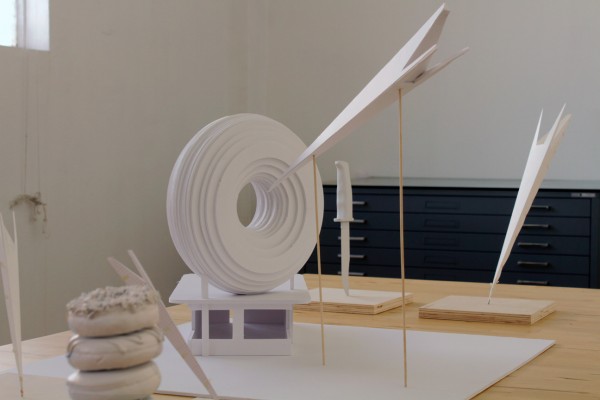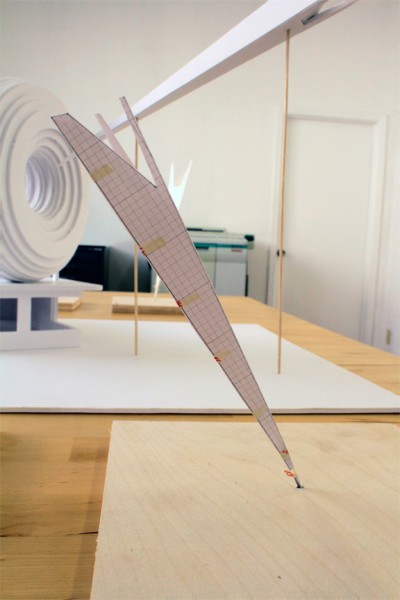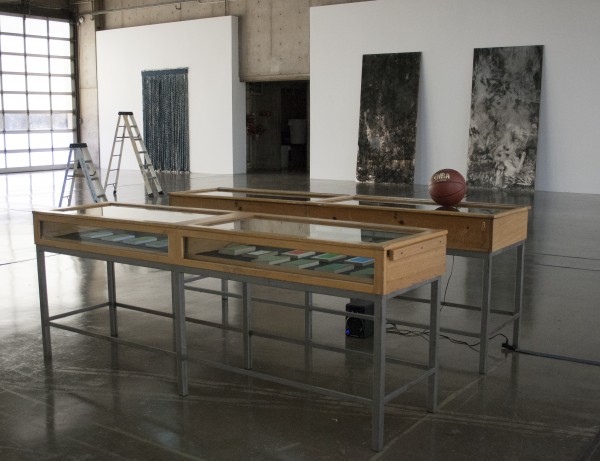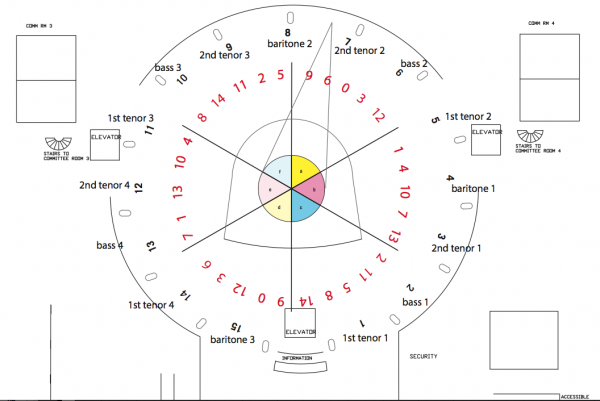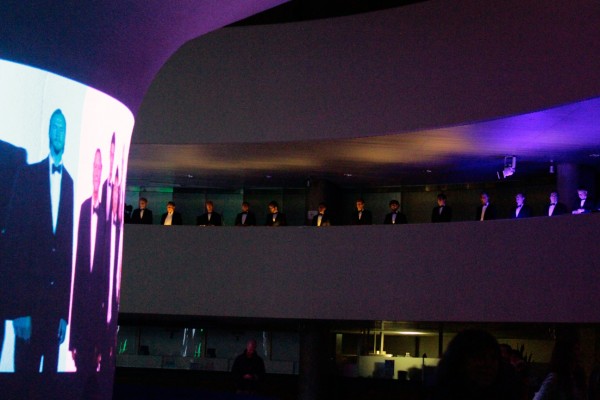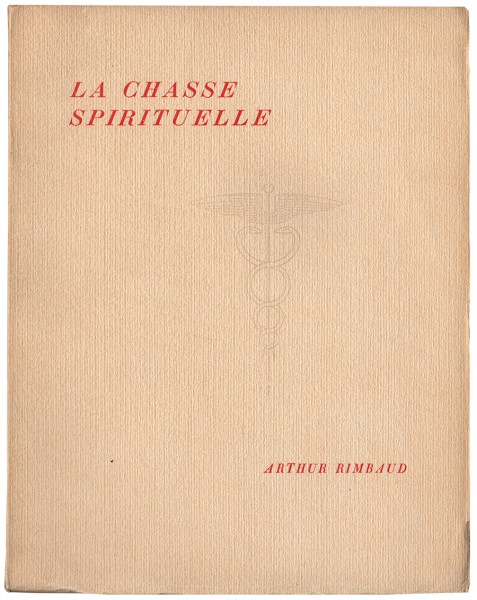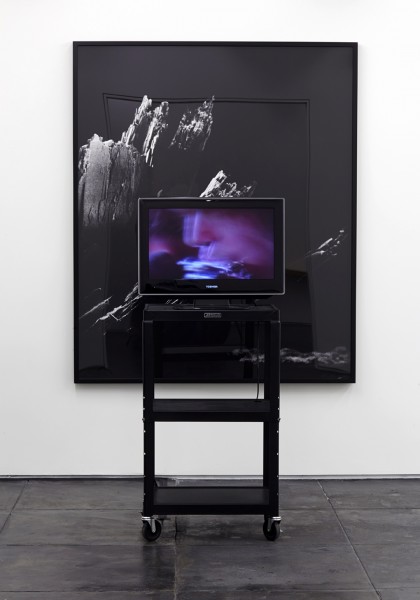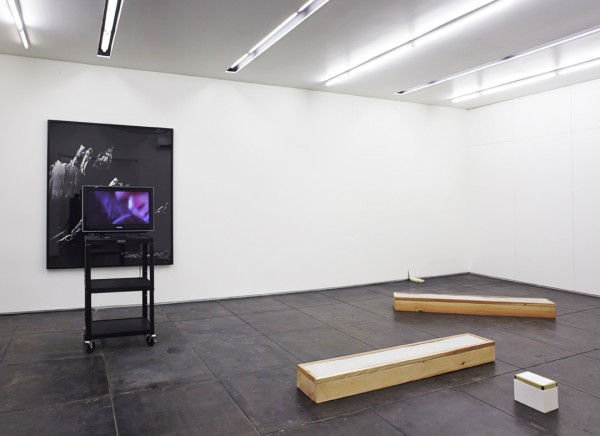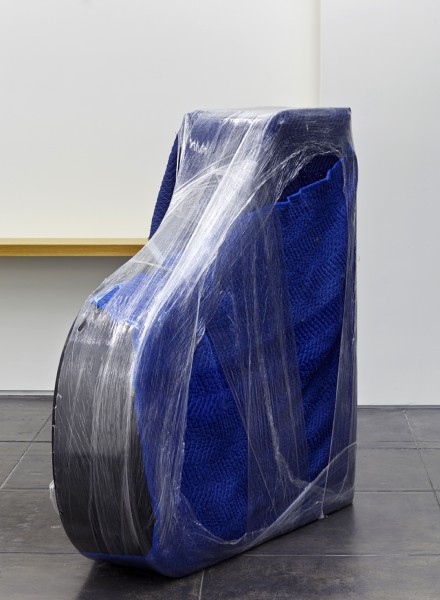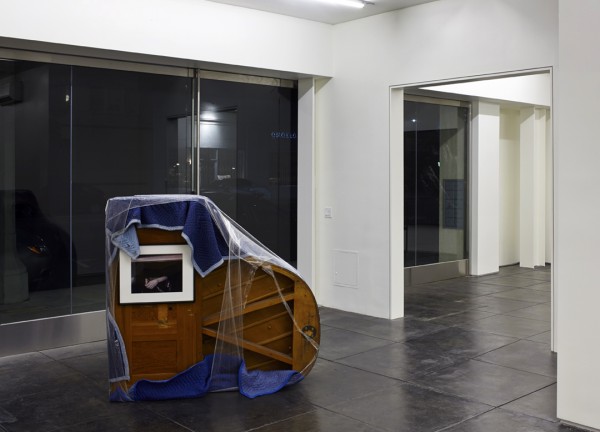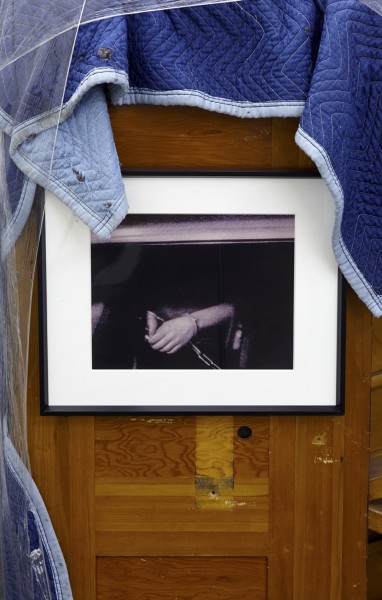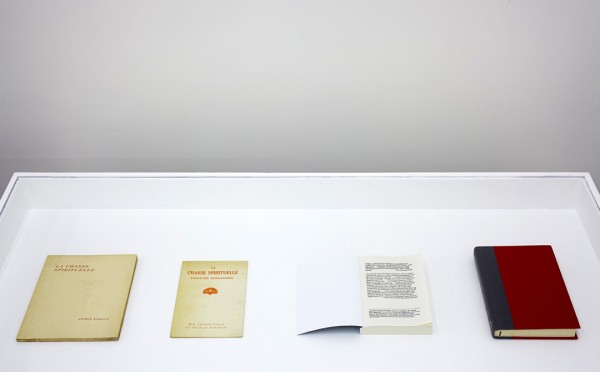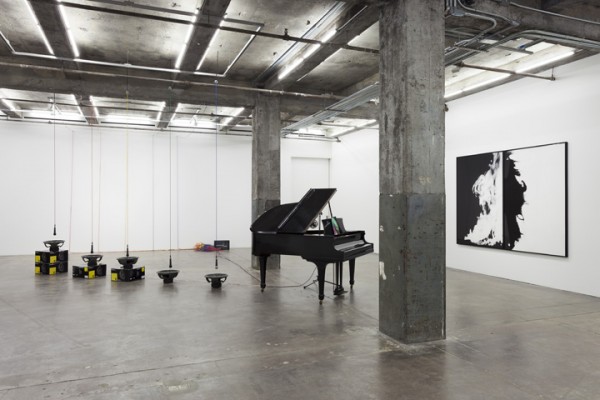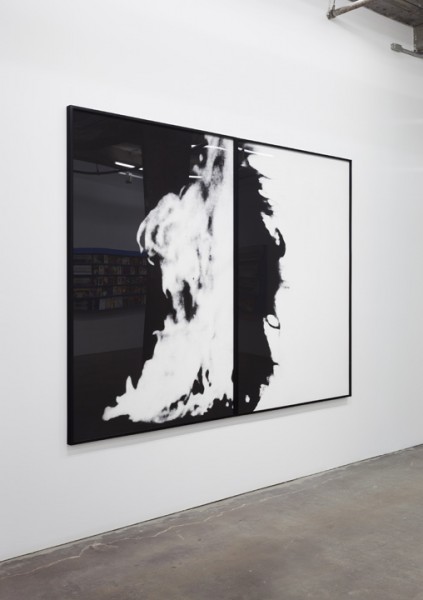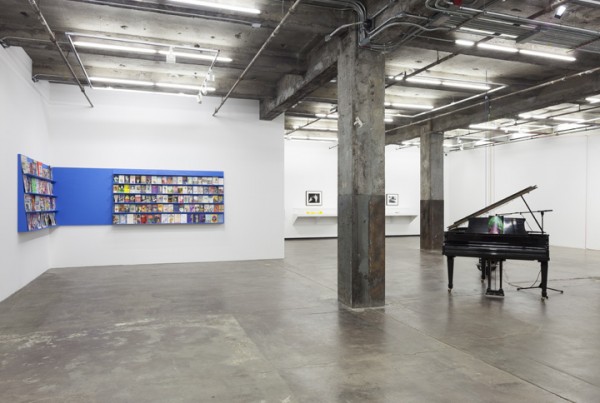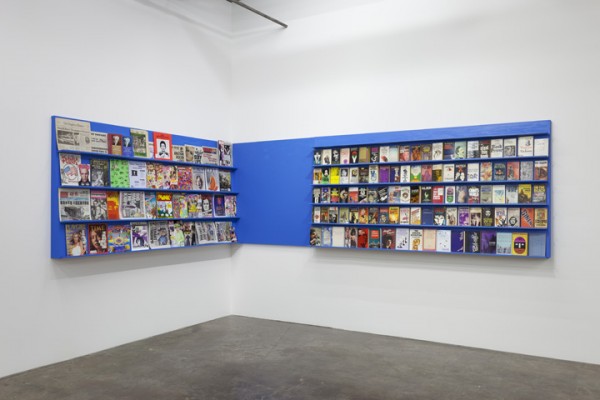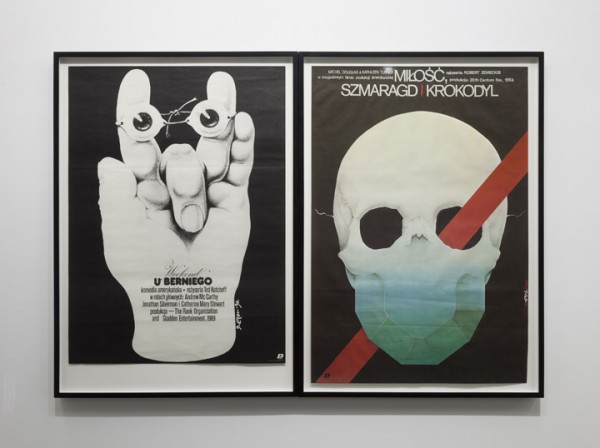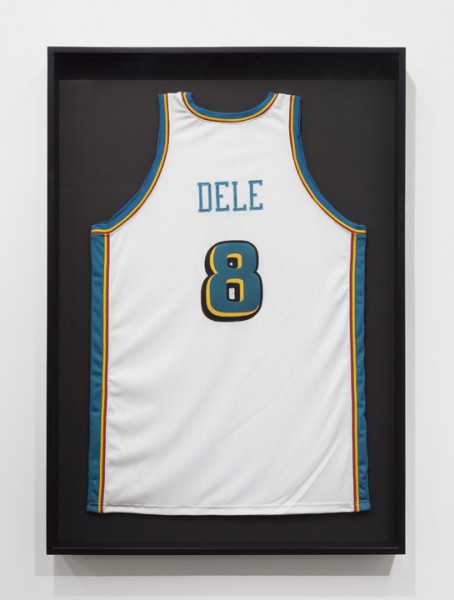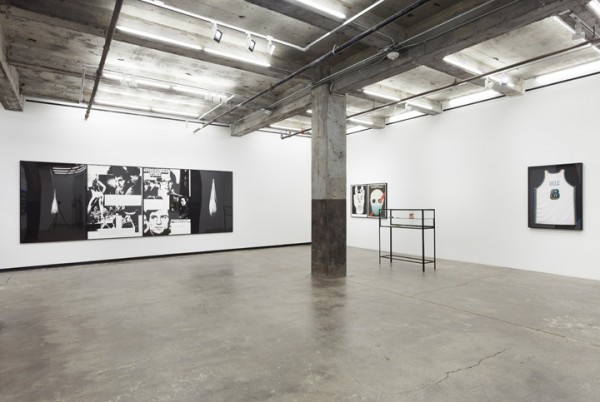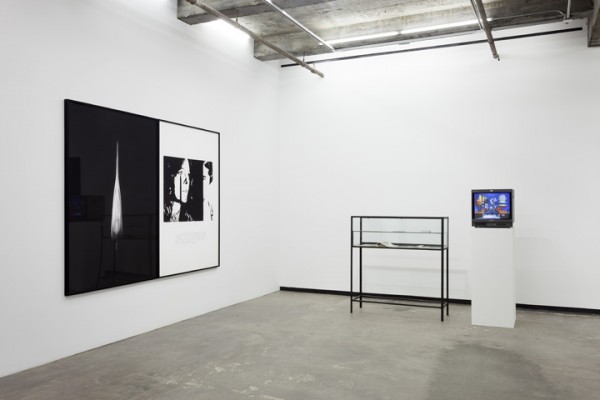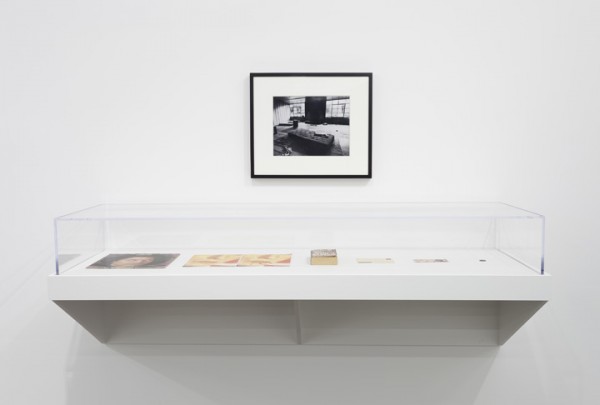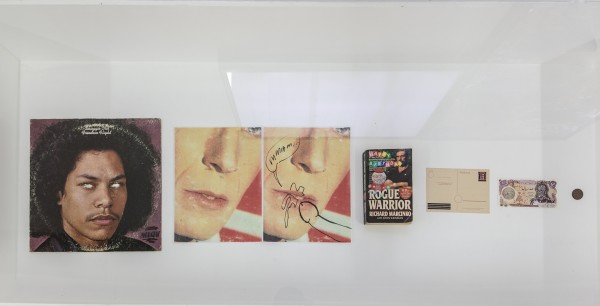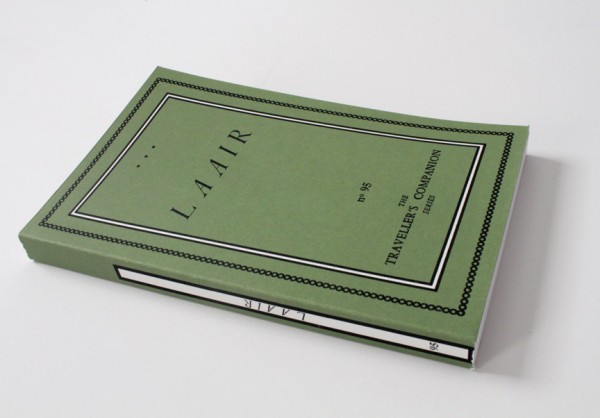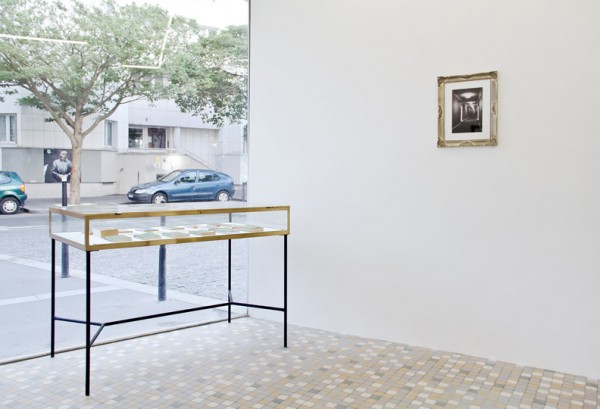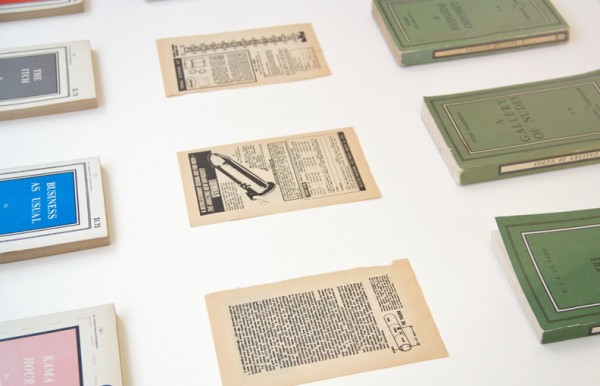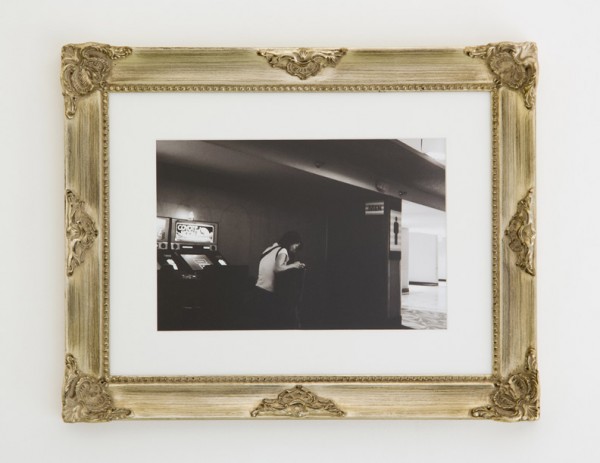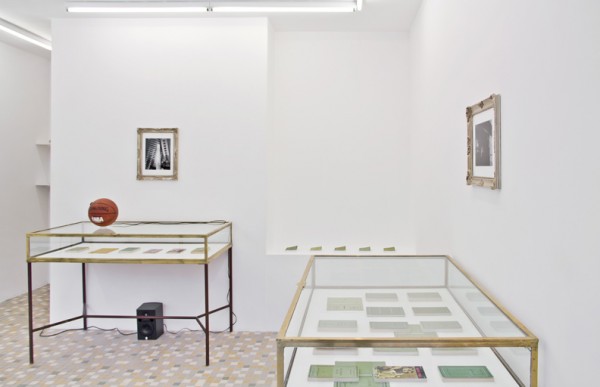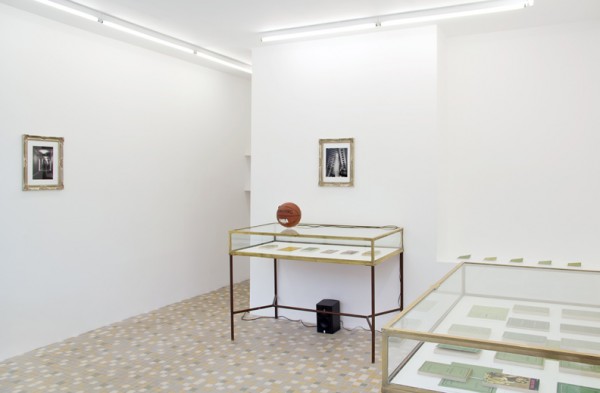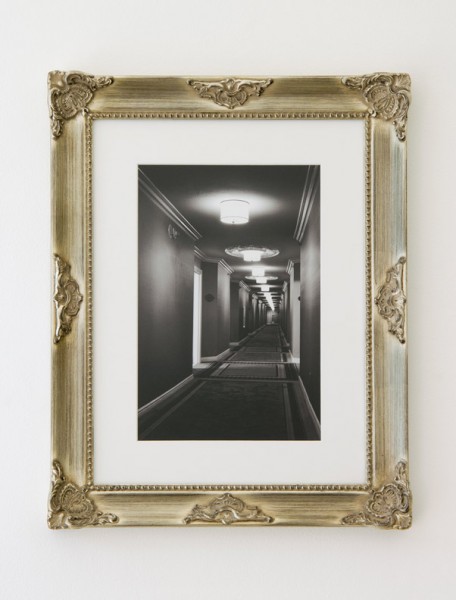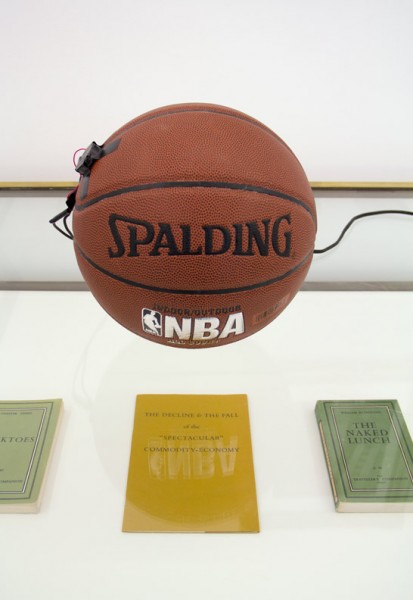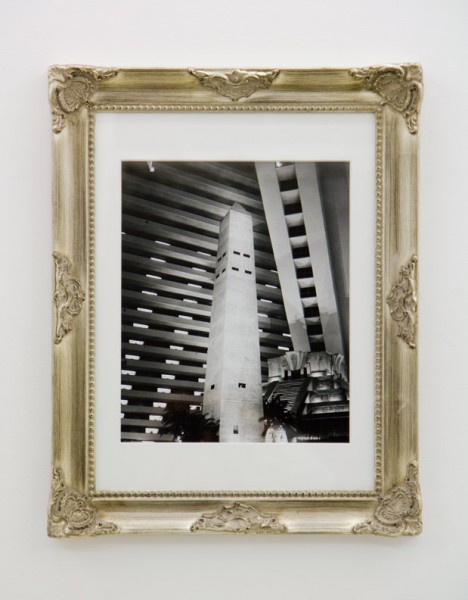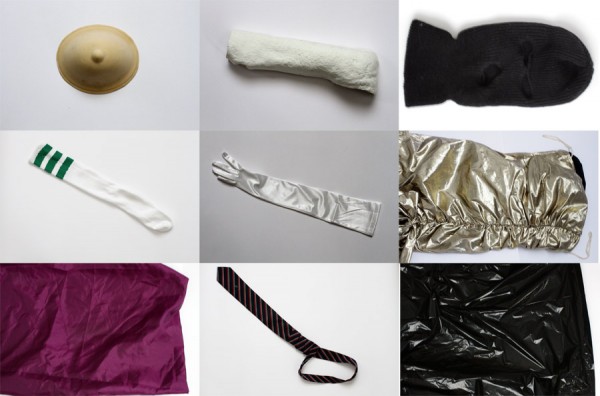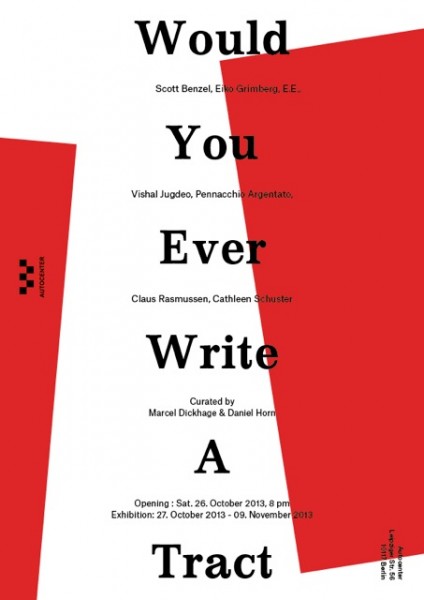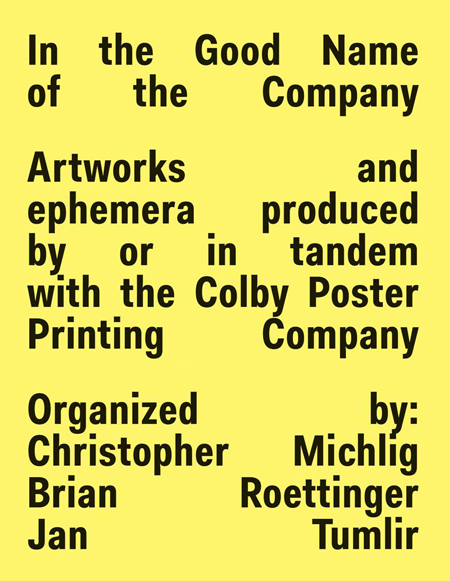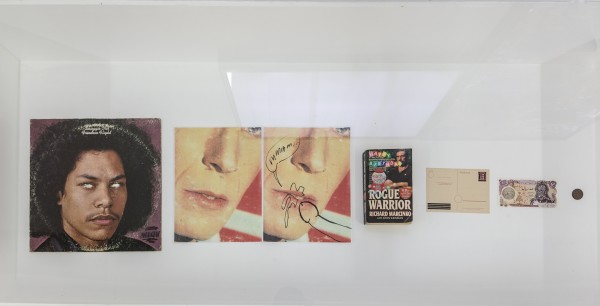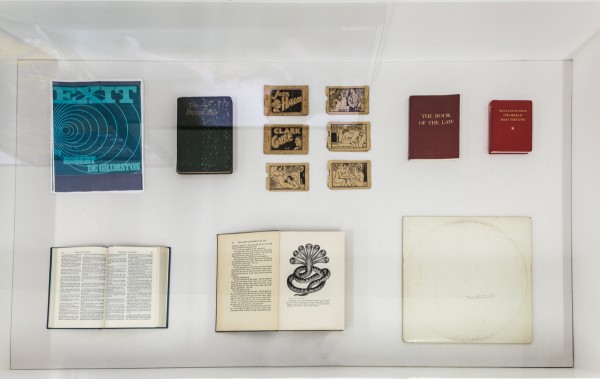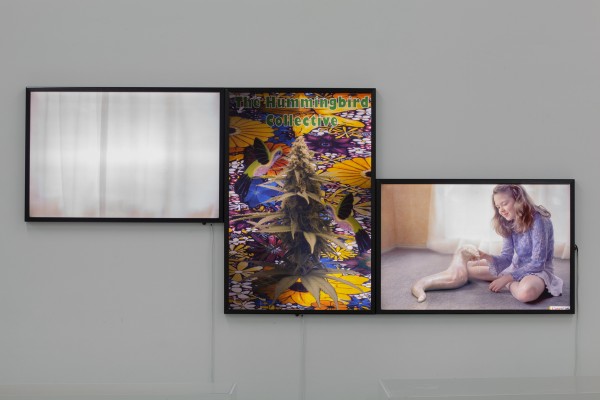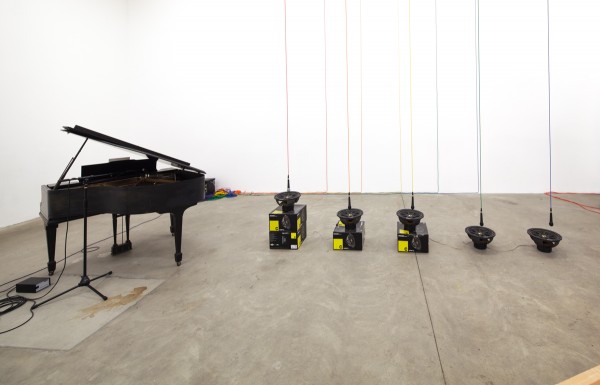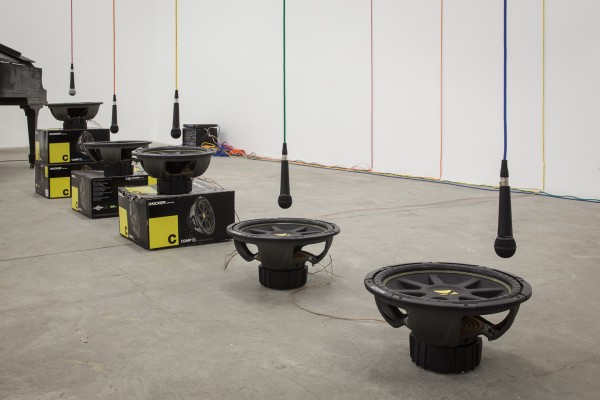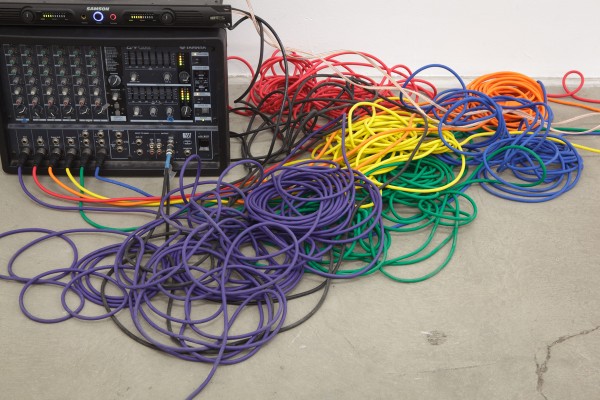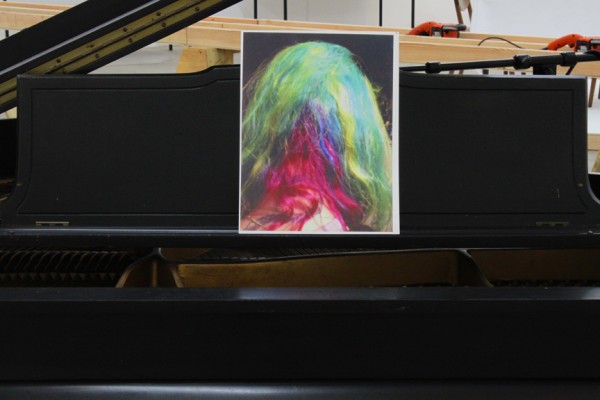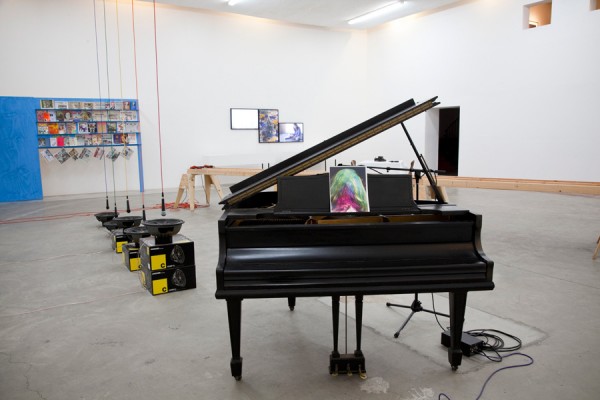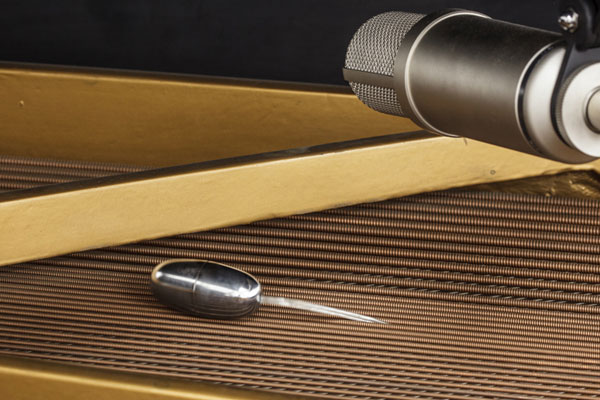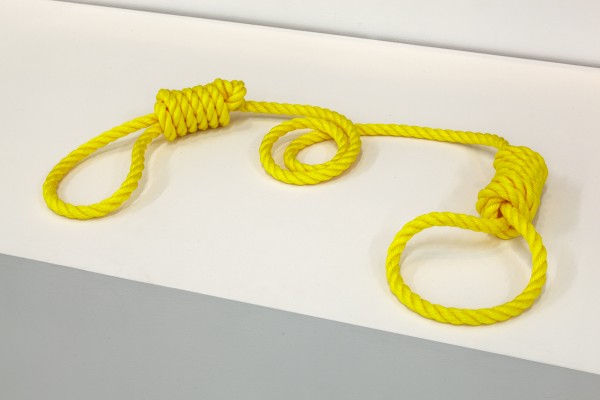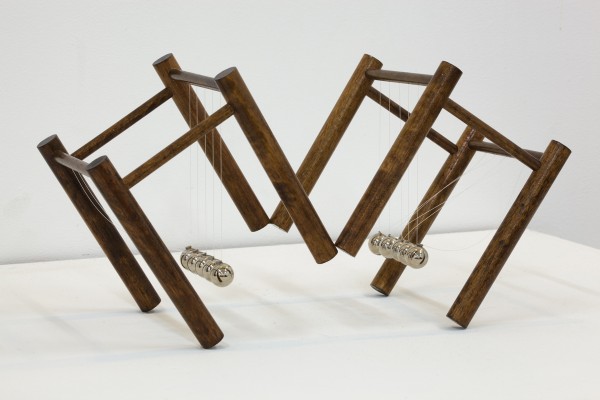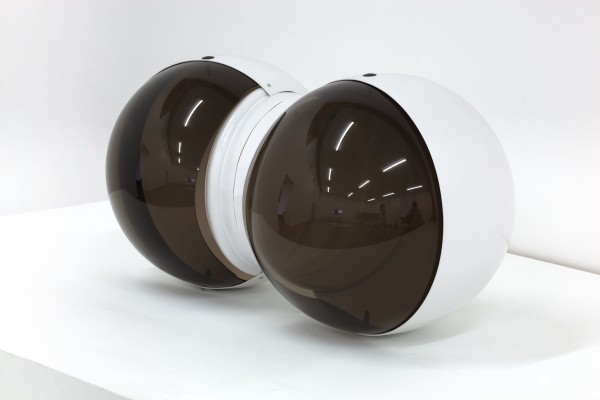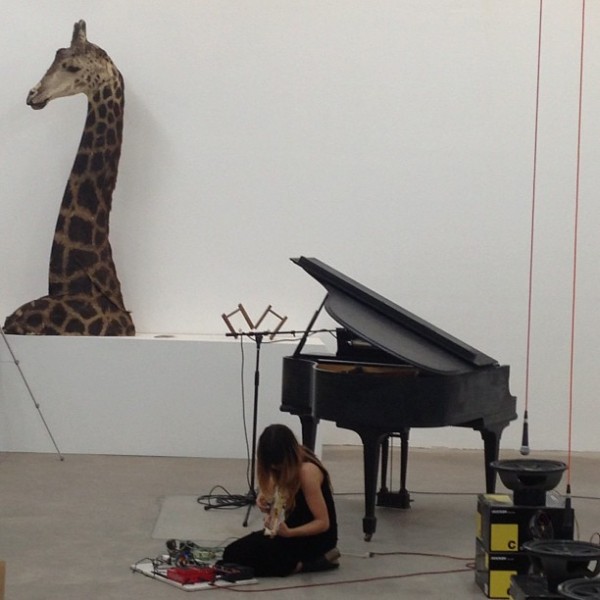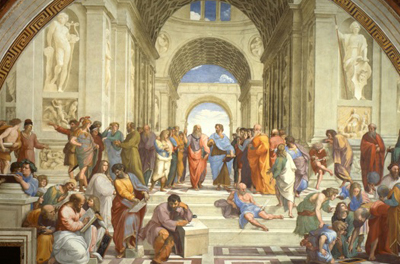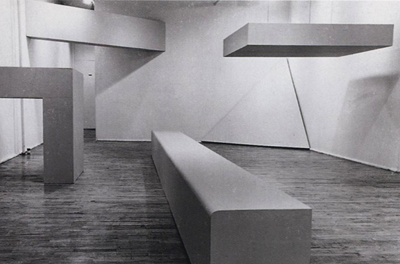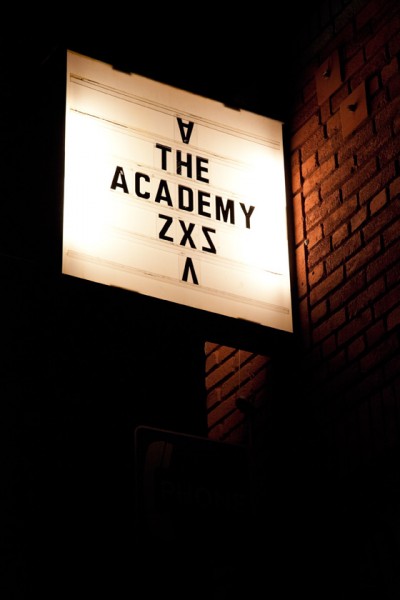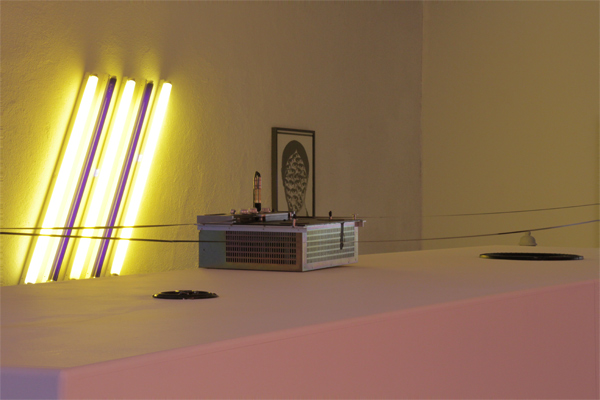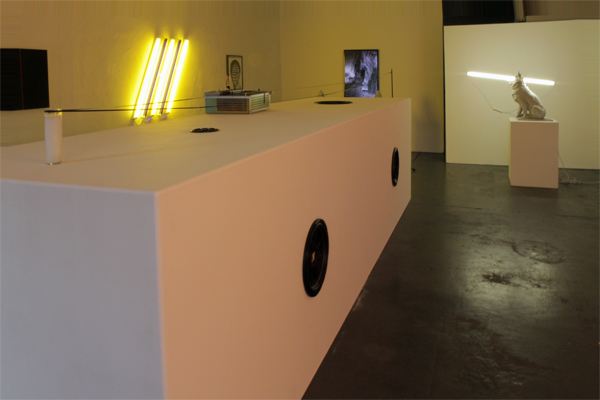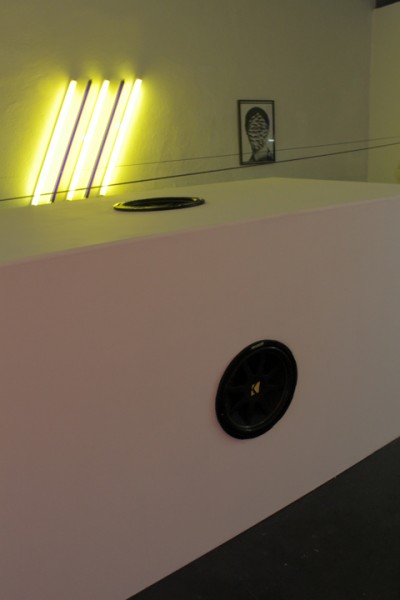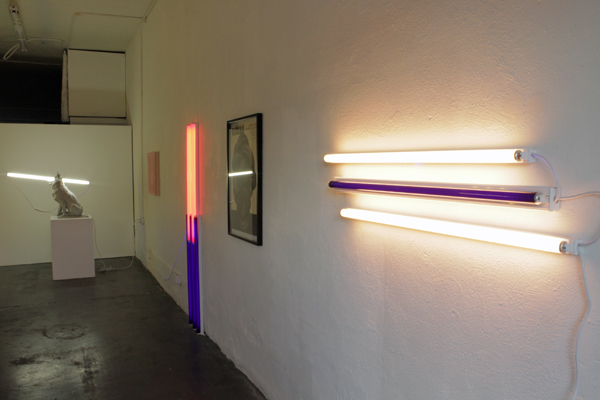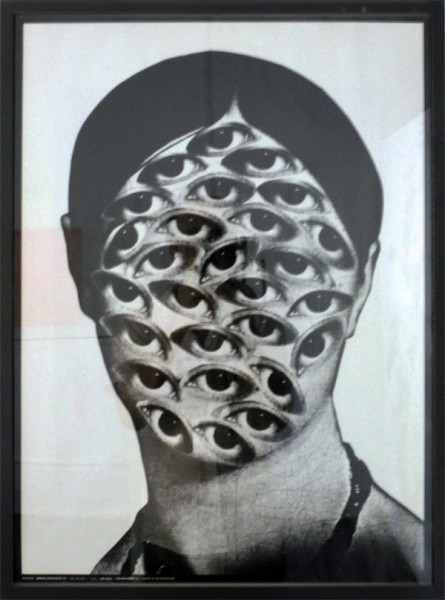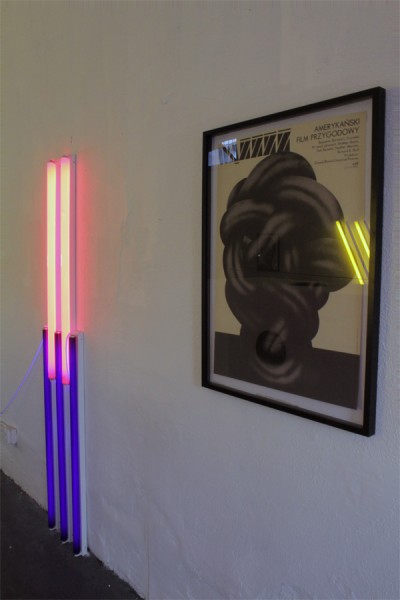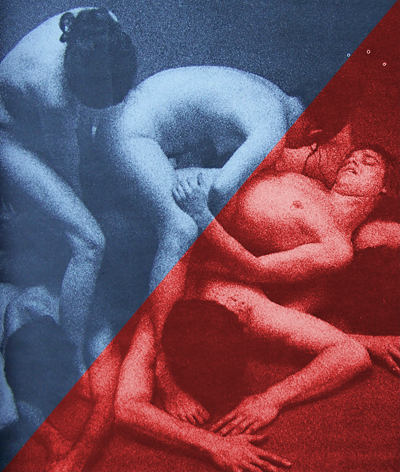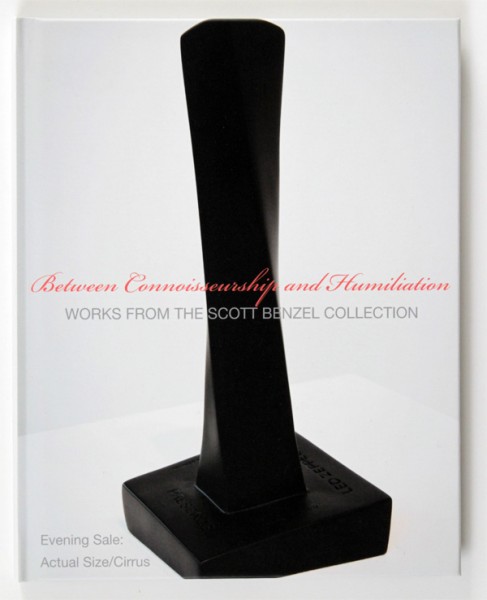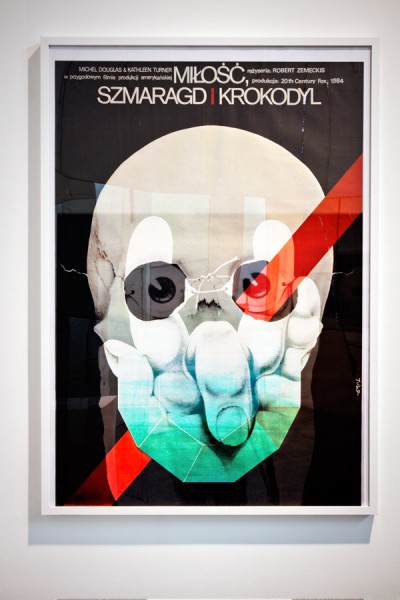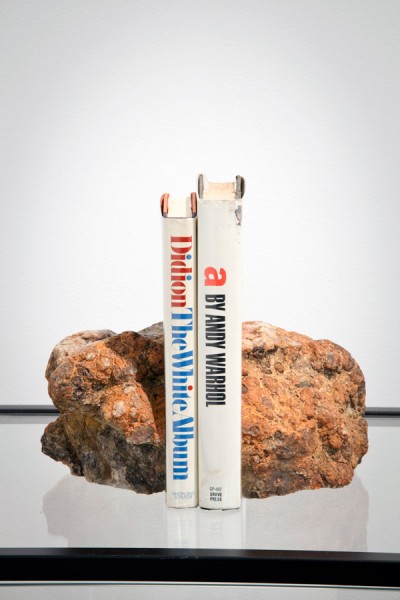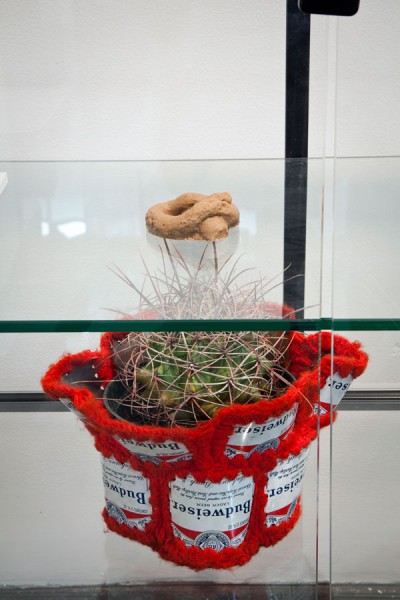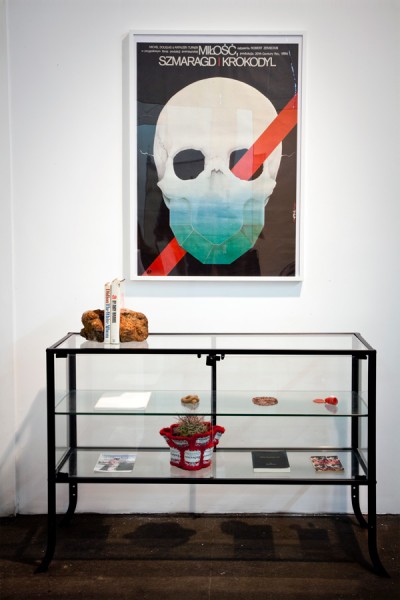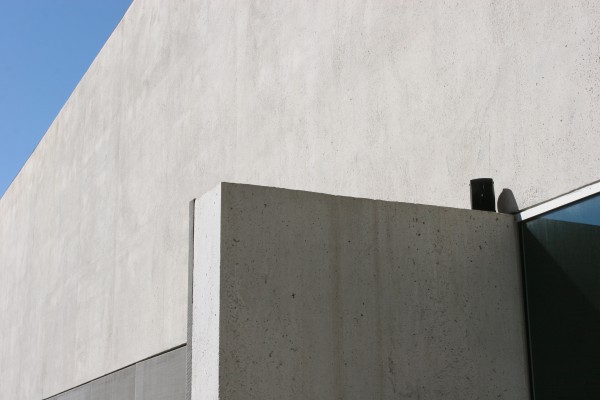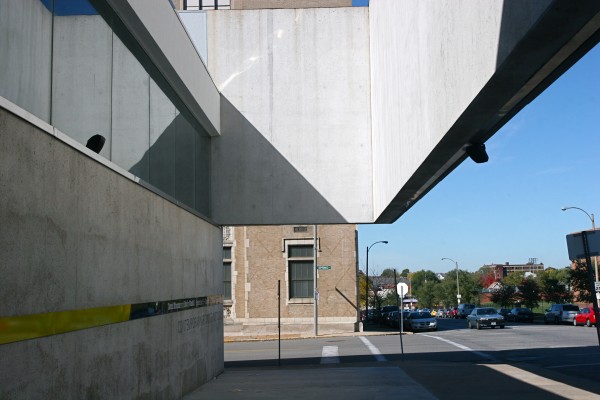Exhibitions
Everyday War at Ashes/Ashes, Los Angeles, 2016
Scott Benzel Book Launch and Art Writers Open Mic
Scott Benzel Book Launch
and Art Writers Open Mic
1-1:30PM (Book Signing); 1:30-3PM (Open Mic)
The Los Angeles Contemporary Archive is pleased to announce the release of Scott Benzel’s untitled collection of poems. This event will include a book signing by Benzel from 1-1:30pm.
From 1:30-3pm, the even will open up an ‘open mic’ reading of art writers’ work, featuring Benzel, Andrew Berardini, Suzy Halajian, Carol Cheh, Martha Kirzsenbaum, Steve Kado, Tracy Jeanne Rosenthal, Travis Diehl, Catherine Wagley, and many more! Art writers and critics are invited to sign up ahead of time or on the day of to read up for up to 7 minutes.
To sign up, email: info@wendyssubway.com
About the book
Art dealer Seth Siegelaub’s campaign throughout the late ’60’s to have the new conceptual work of his stable of artists understood and accepted, through the creation of catalogs, exhibitions, and entreaties to leading art writers and magazines to review the work, resulted in the still-operatal thesis that the content of much contemporary work is interpretable only through written material created by critics and other writers. This untitled collection of poems was composed by rearranging reviews and publicity materials into mostly metrical, unrhymed lines of blank verse and by removing any form of attribution, systematically ‘blanking’ the subject as well as the author(s) of the works and poems. The poems are credited as being ‘after’ a number of well-known critics and art writers, presumably the writers of the originary texts
Sonatine Bureaucratique at Los Angeles Contemporary Archive
Saturday, April 25, 2015
7:00 – 10pm – opening reception
Los Angeles Contemporary Archive (LACA)
Off he sets / He makes his way merrily to the / office /…/ He is in love with a fair and most elegant lady / and also with / his penholder /… / He reflects upon his promotion / Maybe he will have an increase / without needing promotion /… / More dreams of promotion / … / The piano resumes its work / Alas! He must leave his office -his dear / office / Courage: let’s be off, he says– Erik Satie, Sonatine Bureaucratique (1917)
What Conceptual Art achieved at least temporarily was to subject the last residues of artistic aspiration toward transcendence to the rigorous and relentless order of the vernacular of administration. Paradoxically, then, it would appear that Conceptual Art truly became the most significant paradigmatic change of postwar artistic production at the very moment that it mimed the operating logic of late capitalism and its positivist instrumentality in an effort to place its autocritical investigations at the service of liquidating even the last remnants of traditional aesthetic experience. – Benjamin H.D. Buchloh, Conceptual Art 1962-1969: From the Aesthetic of Administration to the Critique of Institutions
Sonatine Bureaucratique, one of Eric Satie’s short humoristic pieces, is largely appropriated from Muzio Clementi’sSonatina in C major, op. 36, no. 1 and “narrated” with marginalia inserted between staves describing the titular Bureaucrat’s day at the office—a day during which no actual work is accomplished. The bureaucrat enters the office, sits around, and dreams of a promotion, or an increase in pay without a promotion, or the superior flat he’s been eyeing. He listens to the playing of a nearby piano playing and leaves.
Benjamin Buchloh inserted a page of Satie’s score in his essay Conceptual Art 1962-1969: From the Aesthetic of Administration to the Critique of Institutions as published in October magazine Vol. 55, Winter 1990. Buchloh perceived Satie’s appropriation of Clementi and the accompanying satirical narrative (suggesting the apathy and craven attitude of his Bureaucrat) as an early example of the “Aesthetic of Administration”—certainly boredom, repetition and quotation along with a bureaucratic anti-aesthetic play important roles in Satie’s work. These represented a break with the conception of seriousness and quality in music that was dominant during the early 20th century. For Buchloh, Conceptualism was consciously aligned with scientistic, administrative, academic, and bureaucratic procedures as a move against the established aesthetic qualities of the time, constituting a similar break in the continuum of visual art.
This show began with a recognition of the systematic and morphological similarities between certain works of conceptual art executed during the 1960s and ‘70s and emergent paradigms in the field of information technology, especially developments within the realms of modeling/simulation, facial/object recognition, and data mining. The show ultimately expanded to encompass the drift from the relatively benign bureaucracy gently critiqued by Satie to the full-blown rationalization and control apparatus functioning today.
Half a century after Satie, a number of works of conceptual art seem to prefigure or predict recent technological developments. Douglas Huebler’s then-absurb proposition put forth in Variable Piece #70—to photographically document the existence of everyone alive—has largely been realized with the advent of NSA’s massive data-storage program and implementation of Multi-Agent World Simulations. His Location series prefigures Google Maps and Street View. Charles Gaines’s “irrational” coding and gridding of biological phenomena, including Walnut Tree Orchard and Faces, have been instrumentalized under the rubric of facial and object recognition. Guy de Cointet’s ‘drawings’ from A Few Drawings are comprised of purely numerical codes prefiguring the digital basis of all representation in current information technology.
These projects, impossible and irrational at the time, foreshadow contemporary computationally-driven projects to such a degree as to appear to be precursors to the current conditions.
British technology site the Register reported in 2007: “The Department Of Defense is developing a parallel to Planet Earth, with billions of individual “nodes” to reflect every man, woman, and child this side of the dividing line between reality and AR. Called the Sentient World Simulation (SWS), it will be a “synthetic mirror of the real world with automated continuous calibration with respect to current real-world information”.
Companies like Simulex have developed commercial versions of SWS: “The SEAS-VIS model is a representation of the Institutions, Organizations, Leaders, Individuals, and Infrastructure that make up a society. The geography of the society is modeled at various levels including City, Province, Country, Region, and World in terms of Political, Military, Economic, Social, Information, and Infrastructure nodes.”
The LAPD now employs LASER software, a next-generation version of a data mining platform originally developed by the CIA, which powers their Real Time Analysis and Critical Response Division: coordinating license plate readers and other forms of surveillance, data mining ,and near-immediate response throughout Los Angeles. More than 3500 officers currently employ LASER- all LAPD cars, motorcycles, helicopters, and special vehicles are equipped with cameras that feed information to it. Many streets, highways and buildings throughout metropolitan Los Angeles are equipped with license-plate readers and other forms of surveillance which feed into the system.
Sonatine Bureaucratique features found and archived material from seemingly disparate spheres presented in conjunction to illuminate how the works of certain conceptual artists ultimately prefigured contemporary systems that have become thoroughly aligned with an administration of social control. Including original catalogs and artist’s books by Guy De Cointet, Charles Gaines, Douglas Huebler, and Seth Siegelaub. The show also includes video and printed material detailing the emergence of Sentient World Simulations, Lambda Labs’ facial recognition API and LAPD’s Real Time Analysis and Critical Response Division.
Fall 2014 VSF, LACA, “Golden State”; Nuit Blanche Toronto w Kathryn Andrews
Inverted Capitol Spire: Programmatic Architecture Displacement #5, steel, cotton, 2014
Various Small Fires, Los Angeles, through Nov. 8, 2014
http://www.vsf.la/scott-benzel/
Programmatic Architecture Displacements 6 and 7 at Los Angeles Contemporary Archives, architectural maquettes, 2014
“Golden State”, Samara Golden, Lucy Dodd, Kaari Upson, Lucy Raven, Amy Yao, Pentti Monkkonen, Liz Craft, Mungo Thomson, Scott Benzel, and Theodora Allen, curated by Drew Heitzler, Museum of Contemporary Art, Tucson
27 September 2014—7 December 2014
For Golden State, Heitzler has brought together ten artists from Los Angeles into the Great Hall. Individually and in aggregate their work playfully, cryptically and sometimes menacingly puts one in mind of the characteristic sprit and aesthetic linked with that geographical and political entity formerly known as the El Dorado State. Though where they hail from is undoubtedly important, what really matters, in Heitzler’s words, is that, “the artists make work that presents, in the best way possible, the arguments that make contemporary art interesting, not in terms of a relationship with other disciplines or concerns, but through a rigorous pursuit of the means through which art is meaningful on its own.”
Images by Christian Ramirez.
Nuit Blanche Toronto October 4, 2014, Toronto City Hall
Split Chorale for Viljo Revell, with Kathryn Andrews
Review: The Buffalo News
Preview: The Globe and Mail
http://www.scotiabanknuitblanche.ca/
Aran Cravey Los Angeles July 18-August 30 2014
Opening Reception: Friday, July 18, 6pm – 9pm
Scott Benzel, Patricia Fernández, Hailey Loman, D’Ette Nogle, Mungo Thomson
Curated by Eric Kim
“… [I]ndividual experience is clearly inseparable from the culture in which it is constituted. This truth is in fact at the root of the most beautiful mysteries of life. Thus, in our intermediations, we can share with one another an immensely rich history of experience and reflection. Yet as individuals, at the same time, we may run the risk of losing a sense of personal identity, and growing blank in the process—like the postcard photographer’s gaze as he captures his empty images.”
– Allan McCollum
Maccarone New York June 25 – August 8 2014
Art in America Exhibitions Review
Scott Benzel
June 25 – August 8, 2014
Maccarone
630 Greenwich Street NY
Maccarone proudly announces our first exhibition of Scott Benzel, opening June 25th through August 8th, 2014, featuring a selection of the artist’s works from 2009 to the present. On the occasion of the opening Benzel will perform, Folk Action and Non-Genre III for Belt Sanders and Female Black Metal Guitarist featuring Alex Niemetz.
Benzel’s practice can be understood as an exploration of cultural histories and their subsequent mythologies. Collecting fragments, remnants, and ephemera in an indexical manner, Benzel combines these often forgotten objects into aggregates of contradiction and altered meaning. With sculptural installations, photographic works, and sound he inhabits the role of artist as researcher. Unhinging each object’s original use-value through accumulation, misuse and convergence, obscure narratives form. Objects include:
metallic c-print of ‘Slash’ image of Spock; metallic c-print of ‘Fakir’ image of Lady Diana; counterfeit Nike SB Dunk ‘Heaven’s Gate’ shoes; The Trip original movie posters with original censorship stickers; Bison Dele,last game-worn jersey; The Beach Boys, ‘Never Learn Not to Love’ 45 RPM single; Quotations from Chairman Mao Tse-Tung; Esquire Magazine December 1967 editorial featuring Sharon Tate, ‘A Beginners Guide to Mao Tse-Tung’; Life Magazine December 1969 editorial featuring ‘The Wreck of a Monstrous Family’; Polish film poster for Weekend U Berniego; Polish film poster for Miłošč Szmaragd I Krokodyl; archival pigment prints of unused alien prototypes from the film 2001: A Space Odyssey; archival pigment prints of storyboards from the unrealized film The Story; ‘Love Roses’ disguised pipes; ‘Lipstick’ disguised pipe; U.S. Postal Service stamps depicting The Statue of Liberty at New York, New York, Las Vegas; The Silver Apples’ debut LP with Kmart 99c Special Sale sticker; Artforum magazine November 1974 featuring ad for Lynda Benglis at Paula Cooper Gallery; ‘Hi-Liter’ disguised pipe; October Magazine No. 1, Spring 1976, featuring Michel Foucault, “Ceci N’est Pas Une Pipe”; video featuring The Beach Boys performing ‘Never Learn Not to Love’ live on the Mike Douglas show with: 1. original sound 2. Charles Manson singing ‘Cease to Exist’ 3. ‘Never Learn Not to Love’ (studio version); archival pigment print of Bob Dylan’s hair; archival pigment print of flames of monk self-immolating; Knabe baby grand piano; c-print of woman with spectrum-dyed hair; Rode NK1 tube microphone; DR microphone stand; Kicker Comp 15 bass speakers; Shure SM58 microphone; Ultravoice XM8500 microphones; spectrum-colored XLR cables; Samson Servo 1200 amplifier; Yamaha EMX 212S power mixer; Shuggie Otis ‘Freedom Flight’ LP; two Allen Ruppersberg color xeroxes; Rogue Warrior by Richard Marcinko with stickers; Post-WWII German postcard with overprinting; Post-Islamic-Revolution Iranian banknote with overprinting; British pound coin with over- stamping; metallic c-print of Barker Ranch, Death Valley, CA; two glasses of seawater; yellow polypropylene rope forming two nooses; Leonard Nimoy-designed monogrammed towel; counterfeit Leonard Nimoy-designed monogrammed towel; Malcolm Mclaren business card; counterfeit Malcolm Mclaren business cards; Gustav Metzger object; counterfeit Gustav Metzger objects; silver gelatin print of plastic flower; metallic c-print of L.A. Times recreation of Patricia Hearst’s point of view on Mel’s Sporting Goods, site of SLA shootout, May 16th, 1974; The Lost Continent of Mu by James Churchward; Library of Congress facsimile of The Jefferson Bible by Thomas Jefferson; Vietnam War-era Vietnamese Bible; Tijuana Bibles – Jean Harloe and Clark Gable; The Beatles, The Beatles (White Album); Kiosk displaying various books and magazines modeled after Jean-Luc Godard’s “ideology shop” in One Plus One.
Scott Benzel was born in 1968 in Scottsdale, AZ and lives and works in Los Angeles. His work has been shown or performed at the Los Angeles County Museum of Art, the Museum Of Contemporary Art Los Angeles, LA><ART, and the Contemporary Art Museum St. Louis, and was featured in Made in LA 2012, the first Los Angeles Biennial, at the Hammer Museum, Los Angeles. Benzel has curated shows at the MAK Center/Schindler House, Los Angeles and the Welcome Inn, Eagle Rock, CA, as part of Pacific Standard Time organized by the Getty Museum, among others.
For more information on the exhibition, please call the gallery at 212 431 4977 or email press@maccarone.net.Gallery hours are Tuesday – Saturday 10 AM – 6 PM.
Shanaynay Paris; Perform Chinatown w Anita Pace; Public Fiction; Autocenter Berlin
http://www.shanaynay.fr/contents/11/
LAAIR/Air de Paris, live performance at Shanaynay, Paris, 2013
LAAIR / Traveller’s Companion Addenda solo show opens June 29, 2013
Part-Objects: Perform Chinatown LA with Anita Pace July 27, 2013
Audio from PART-OBJECTS, a collaboration with Anita Pace, Perform Chinatown 2013
The Stand In Public Fiction Sept. 2013: Review
Human Resources Los Angeles April / May 2013
Human Resources presents Scott Benzel and What does possession mean to you? Opening and Performances Saturday April 27 7-10PM
Shows Close Saturday May 18
Human Resources is pleased to present two concurrent shows by Scott Benzel. The downstairs space will feature a show of the artist’s recent work including large-scale installations, vitrines containing new works, and performances. The upstairs will feature What does Possession Mean to You? a selection of works and objects from Benzel’s collection to be deaccessioned, stored, or promised to individuals and institutions following the close of the show.
A new performance, Un Coup de Des / Presence, and a ‘recombination’ of Benzel’s Folk History and Non-Genre I for Female Black Metal Guitarist and Belt Sanders (2012), will take place during the opening Saturday April 27 from 7-10 pm.
Scott Benzel is a Los Angeles-based artist and composer. His work was featured in Made in LA 2012 at the Hammer Museum and has been shown or performed at the Los Angeles County Museum of Art, the Museum Of Contemporary Art Los Angeles, LAXART, and the Contemporary Art Museum St. Louis. This is his second solo show at Human Resources.
Human Resources is a team of creative individuals which seeks to broaden engagement with contemporary and conceptual art, with an emphasis on performative and underexposed modes of expression.
The Academy/The Chthonic at Eleusis at Public Fiction
The Academy/The Chthonic at Eleusis one person show at Public Fiction September 21
With a live performance by Ezra Buchla
& a tape-loop by Scott Benzel:
Sines for Michael Asher 2-channel loop 15 ips – 7 ips- performed by Allison Wyper and Jos McKain
This stage of sorts will host a series of performances & events. Including:
A set of dinners by Liz Glynn on October 12th &13th.
BETWEEN CONNOISSEURSHIP AND HUMILIATION at Cirrus Gallery/Actual Size
EVENING SALE: BETWEEN CONNOISSEURSHIP AND HUMILIATION- WORKS FROM THE SCOTT BENZEL COLLECTION at Cirrus Gallery/Actual Size through May 5,2012
Download ipad/iphone Catalog in epub format, control click and save
Two Installations at Contemporary Art Museum St. Louis
Contemporary Art Museum St. Louis: Front Room: 2 4-channel Sound Installations by Scott Benzel
String Quartet No. 2, 4-channel sound installation, string quartet; Sines for Michael Asher, 4-channel sound installation, sine wave generators
http://camstl.org/exhibitions/front-room/scott-benzel/
Sines (for Michael Asher) Excerpt. mp3 2 channel version of a 4 channel sound installation
Maldistribution @ Human Resources at Cottage Home
Download Maldistribution Publication for ipad/iphone epub format, control click and save
‘Maldistribution’, solo show @ Human Resources at Cottage Home, Chinatown, Los Angeles, through August 6
